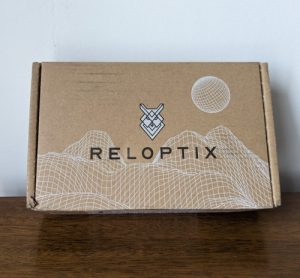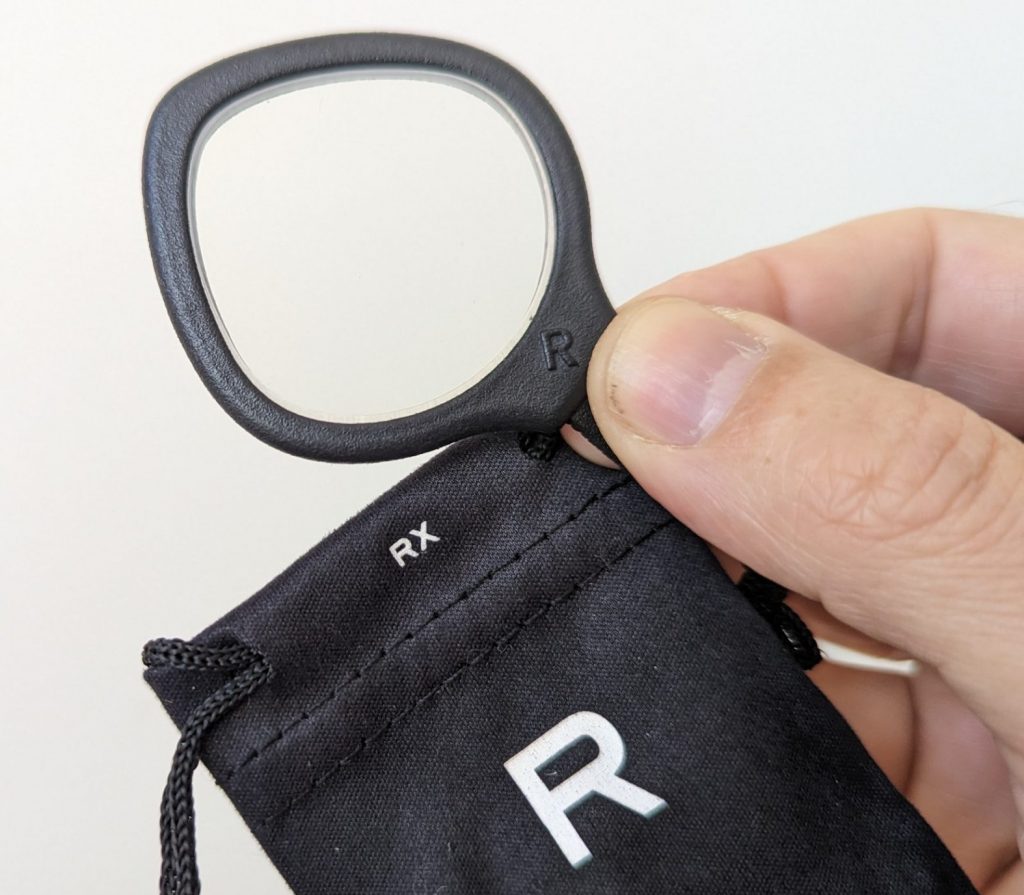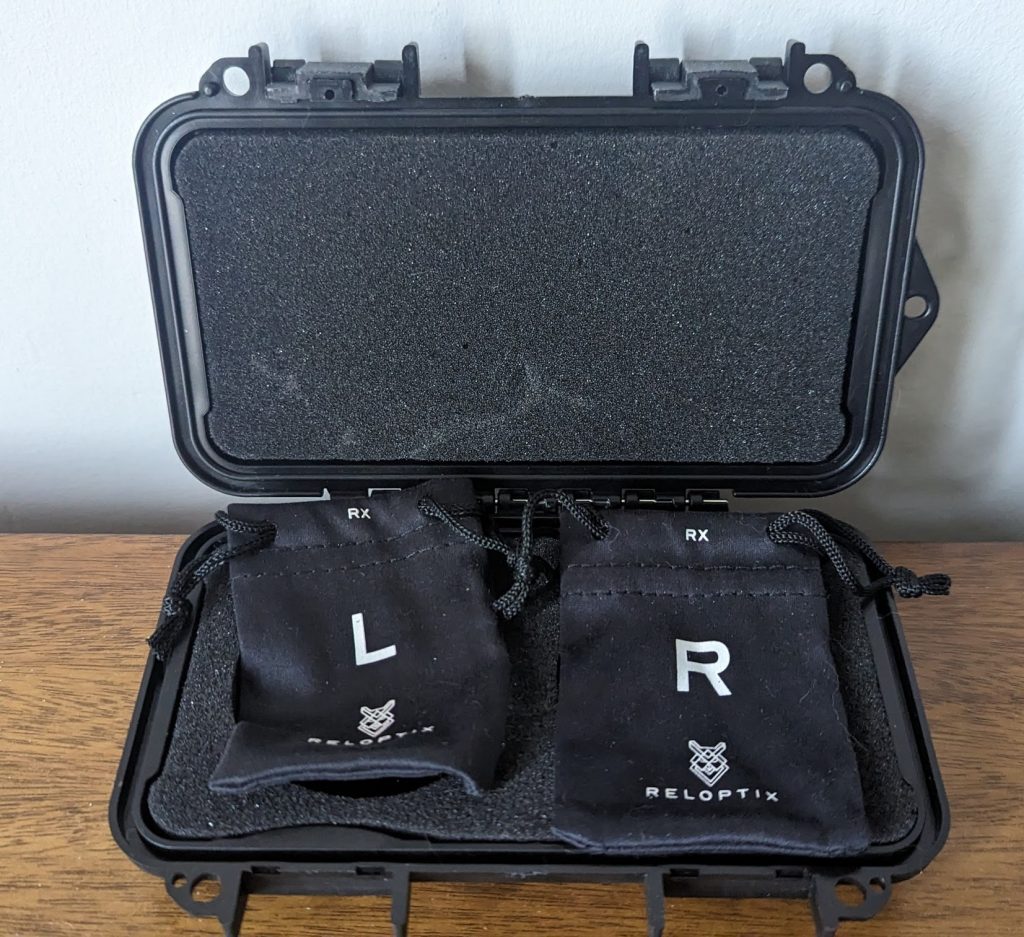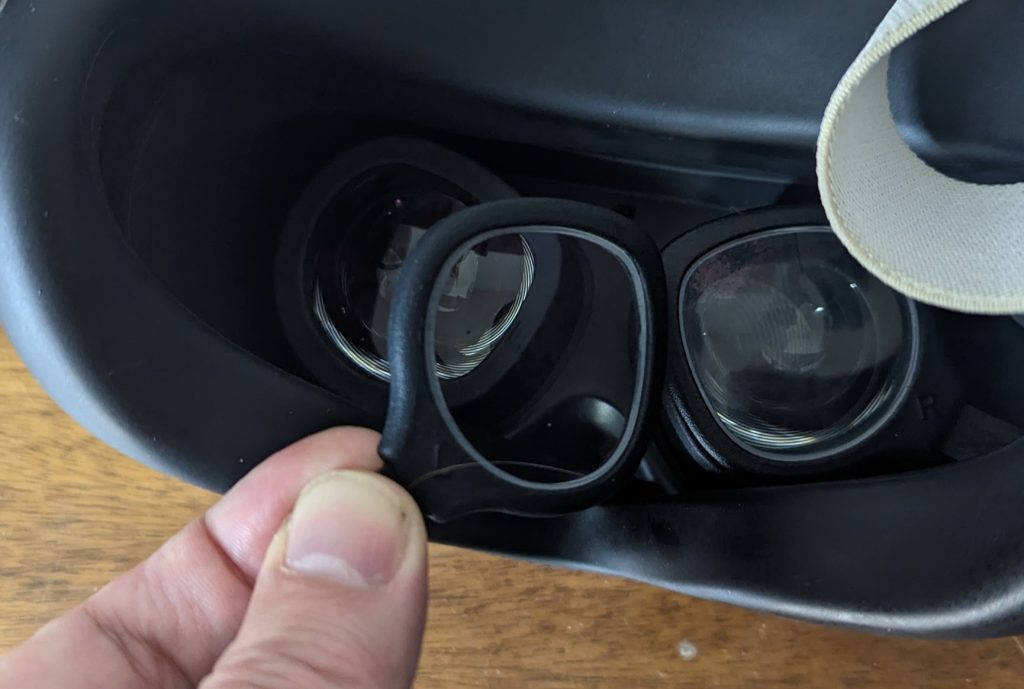
Individuals who wear prescription glasses while utilizing the Meta Quest 2 VR headset may experience reduced satisfaction, particularly when using fitness applications, due to issues such as smudging and fogging. However, a number of companies have developed Quest headset lens inserts that incorporate the user’s prescription, enabling them to use the headset without glasses. Among the most popular lens insert manufacturers are VirtuClear, VR Optician, and Reloptix, with the majority of these prescription lenses costing between $60 and $100 per pair.
Having used the Quest 2 headset for a period of six months, the constant smudging and frequent fogging of my prescription lenses became a source of frustration. Subsequently, I opted to try a pair of prescription lenses from Reloptix, based on positive reviews and them having a sale. Additionally, there was no additional charge for incorporating a prism, which was necessary for my prescription glasses.

After using the Reloptix lenses for a month, I can confidently say that I am pleased with my decision to invest in them. My experience of using VR fitness apps with the Quest 2 headset has been significantly improved as I no longer require glasses and can see images with remarkable clarity, thanks to the lenses correcting my nearsightedness. Prior to obtaining the lens inserts, my glasses would frequently become smudged and foggy within 5 minutes of use, making it frustrating to engage in fitness activities. However, with the Reloptix lenses, I am now able to utilize fitness apps for over 20 minutes without experiencing any discomfort due to smudging or fogging.
The Reloptix lenses are delivered with a sturdy case, which is a convenient feature. However, the size of the case could be smaller, measuring 7′ x 4′. Nevertheless, since I keep the lenses in the headset at all times, the size of the case is not a major concern for me. A QR code on the box linked to a video which clearly showed how to install the lenses, which only took about 3 minutes. A plastic insert goes over each lens and the Reloptix lenses attach on top of these inserts via a magnet. One downside worth mentioning is the potential for a lengthy waiting period for delivery, which may take up to 2 months, particularly when adding prisms to the order.

Overall, I am extremely satisfied with the lenses and regret not purchasing them sooner. As for their compatibility with the upcoming Quest 3, there are rumors of the device having pancake lenses, so it remains to be seen if the Reloptix lenses will be compatible.
